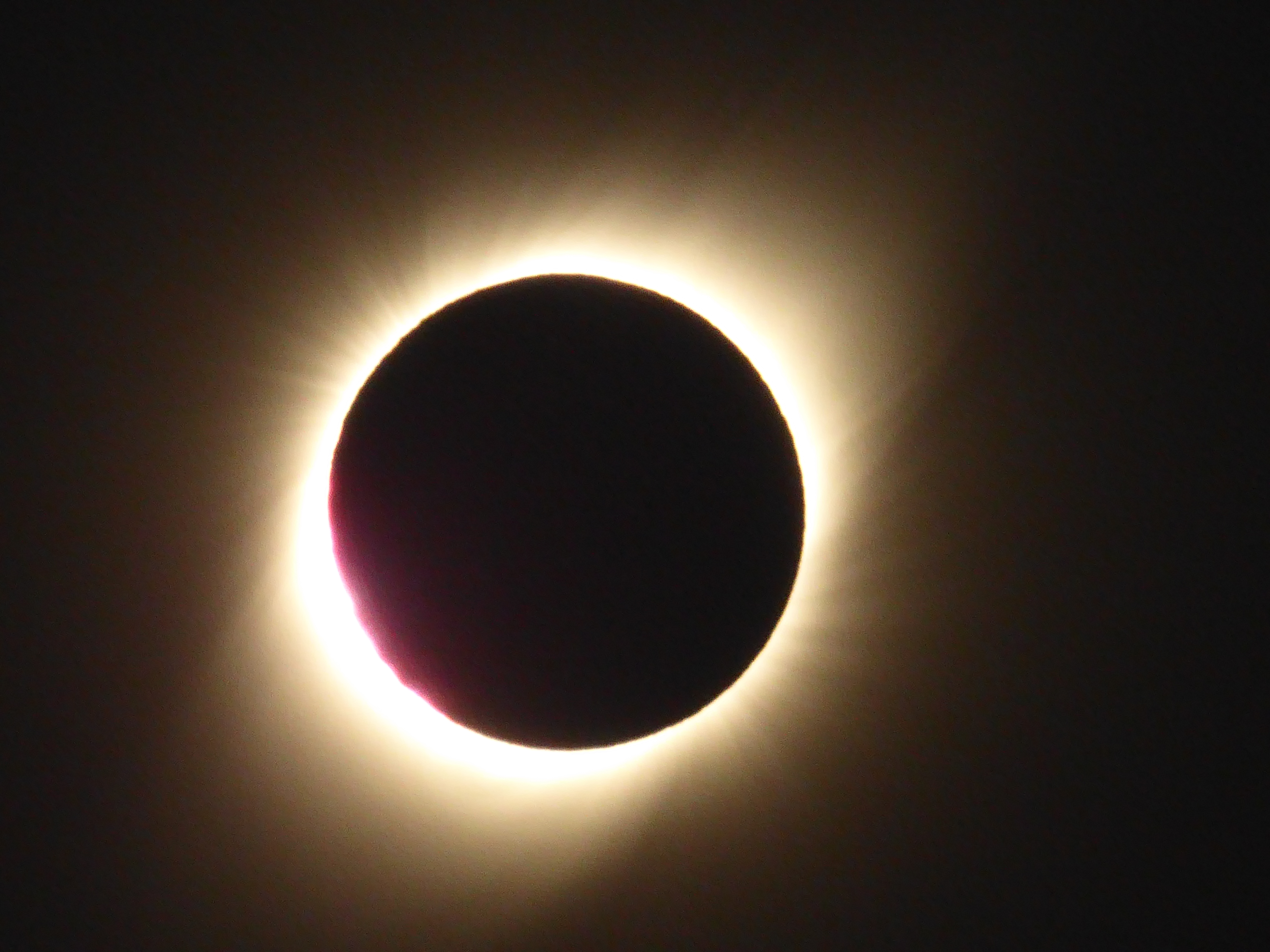Solar Saros 127 on:
[Wikipedia]
[Google]
[Amazon]





Saros cycle 127 - Information and visualization
{{Solar eclipses Solar saros series





Saros cycle
The saros () is a period of exactly 223 synodic months, 18 years 11 days and 8 hours, that can be used to predict eclipses of the Sun and Moon. One saros period after an eclipse, the Sun, Earth, and Moon return to approximately the same relative g ...
series 127 for solar eclipse
A solar eclipse occurs when the Moon passes between Earth and the Sun, thereby obscuring the view of the Sun from a small part of Earth, totally or partially. Such an alignment occurs approximately every six months, during the eclipse season i ...
s occurs at the Moon's ascending node
In general, a node is a localized swelling (a "knot") or a point of intersection (a vertex).
Node may refer to:
In mathematics
* Vertex (graph theory), a vertex in a mathematical graph
*Vertex (geometry), a point where two or more curves, lines ...
, repeating every 18 years, 11 days, containing 82 eclipses, 42 of which are umbral (all total). The first eclipse in the series was on 10 October 991 and the last will be on 21 March 2452. The most recent eclipse was a total eclipse on 2 July 2019 and the next will be a total eclipse on 13 July 2037.
The longest totality was 5 minutes 40 seconds on 30 August 1532.
This solar saros is linked to Lunar Saros 120.
Umbral eclipses
Umbral eclipses (annular, total and hybrid) can be further classified as either: 1) Central (two limits), 2) Central (one limit) or 3) Non-Central (one limit). The statistical distribution of these classes in Saros series 127 appears in the following table.All eclipses
Note: Dates are given in theJulian calendar
The Julian calendar is a solar calendar of 365 days in every year with an additional leap day every fourth year (without exception). The Julian calendar is still used as a religious calendar in parts of the Eastern Orthodox Church and in parts ...
prior to 15 October 1582, and in the Gregorian calendar
The Gregorian calendar is the calendar used in most parts of the world. It went into effect in October 1582 following the papal bull issued by Pope Gregory XIII, which introduced it as a modification of, and replacement for, the Julian cale ...
after that.
References
* http://eclipse.gsfc.nasa.gov/SEsaros/SEsaros127.htmlExternal links
Saros cycle 127 - Information and visualization
{{Solar eclipses Solar saros series